WHEN IS A SAPPHIRE NOT A SAPPHIRE?
Answer: When it's a ruby.
Huh?
That's because both rubies and sapphires are created from corundum (aluminum oxide plus various traces iron and sometimes small bits of chromium and titanium). Mineral Corundum creates two distinct gemstones: Rubies and Sapphires. The only difference is color.
While sapphires come in many beautiful colors, only red corundum with a certain saturation of color is considered a Ruby. Otherwise, it is classified as a pink sapphire. Until the 1800s, gemologists didn't understand that rubies and sapphires come from the same mineral.

All natural rubies have imperfections in color and inclusions of rutile needles known as silk because of their thread-like pattern. Gemologists use these, which are found in all natural rubies, to identify them from synthetics, substitutes, and treated stones.
Below - Photos of rutile patterns in rubies
Jewelry, jewelry, jewelry! Yes, yes, yes!
Ruby is one of the oldest gemstones known to man. Representing passion and power, rubies been around for thousands of years and worn by Kings, Queens, royalty, and priests throughout history. In addition to their great beauty, their hardness and durability make them particularly ideal for jewelry.
Corundum and very low grade rubies have industrial uses because of the hardness. It's mainly used as an abrasive known as emery (like in emery boards).
The mineral also has refractive properties. Because I can't explain something I don't understand, I'll simply point out that the refractive properties of corundum were used by Theodore Maiman in 1960 to made the first successful laser.
Medicinal Uses
Clearly, the use of ruby and most other gemstones for medicinal purposes falls into the folklore category. However, leading gemologist and gem expert George Frederick Kunz's book The Curious Lore of Precious Stones, published in 1913, reflects his belief that there was a great deal to be learned by studying the ways such stones were used by different cultures at different times. The roots of folklore stems sometimes from some intrinsic quality of the mineral, sometimes from the symbolic significance of the gem.
● Ruby works with the flow of blood as an aid to circulation. It aids the cleansing and removal of infection or germs in the blood. "Ruby is helpful for blood-related health issues, such as anemia, menstrual issues, and poor circulation." http://www.beadage.net/gemstones/gemstonesT_Z.shtml
● "Gemstone meanings are derived based upon how the vibration level of a specific stone affects our bodies, minds, and soul. Gemstone Healing is real and allows us to take advantage of this natural magic (energy) as we bring the energy we need into our lives."
http://gemstone-dictionary.com/
SOME WORLD FAMOUS RUBIES

The most expensive colored gemstone in the world, "The Sunrise Ruby," the cushion-cut stone of almost 26 carats set between two shield-shaped diamonds of almost three carats each brought $30.3 million at Sotheby’s Geneva in May, 2015, breaking the world auction record for the gem." (May 23, 2015 2:42 pm, By Danielle Arnet The Smart Collector)
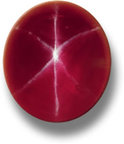
The Rosser-Reeves is the finest and largest 138.7 carat star ruby placed at Smithsonian Institution Washington D.C. This brilliant stone was found in a Sri Lankan mine. Named after Mr. Rosser Reeves who donated it, this stone is clear (almost translucent) with a six rayed star. In 1966 it was insured for $150,000.
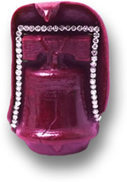
This is the largest mined ruby in the world. I've included it because in 2011 it was stolen in a gem heist from a jewelry store in Delaware. At that time, the four-pound stone had been appraised at $2 million. Most of the articles predicted it would never be seen again. Instead, it was recovered in 2014 (more or less a fluke) and four men were arrested. Later newspaper articles about the recovery refer to it as being worth $4 million.

It is a 100 carat oval cabochon displayed at American Museum of Natural History New York. Martin Ehrmann sold this piece of beauty to Edith Haggin De Long for $21,400.
● The Edwards Ruby
Named after Major General Sir Herbert Benjamin it was 167 carat Burmese ruby donated by John Ruskin in 1887 to British Museum of Natural History.
Over the centuries, various cultures have contributed to the legends and folklore of gems. Because rubies are among the oldest known gems, the stone has a rich heritage of meanings and has inspired philosophers and mystics to attribute unusual powers to rubies. A few of the folklore "meanings" and "uses" include:
● The most powerful gem in the universe, and it is associated with many astral signs.
● A strong healer for the heart and blood.
● To bring about a positive and courageous state of mind.
● To bring enlightenment to humanity.
● To encourage passion for life.
● To provide a powerful shield during controversy.
● A shield that sends out protective energies to surround you at all times.
● To provide a protection from misfortune and bad health.
● To open the heart and promote love.
● A symbol of friendship and love, when given as a gift.
● A symbol of vitality and royalty.
● To bring contentment and peace.
● To bring success in business & good fortune in money matters, if you dream of a ruby.
● A ward against bad dreams, when placed under a pillow.
● A stimulant to nurturing emotions and economic stability.
● To shield from psychic attacks.
● To amplify energy.
● To give the courage to be best potential that a person has.
The list goes on and on, and I won't bore you with it. It's Mythology. Today, owning ruby jewelry it's undoubtedly a status symbol.
WHAT WOULD IT MEAN TO YOU IF SOMEONE GAVE YOU A RUBY?
Originally posted on RB4U blogsite
Resources
http://www.gemstoneeducation.com/Rubies.htm
https://en.wikipedia.org/wiki/Ruby
https://crystal-cure.com/ruby-gem.html
https://en.wikipedia.org/wiki/Liberty_Bell_Ruby
http://gemstone-dictionary.com/
http://famousdiamonds.tripod.com/mandalayruby.html
http://meanings.crystalsandjewelry.com/crystals-r
http://www.jewelinfo4u.com/World_Famous_Rubies.aspx
http://philadelphia.cbslocal.com/2012/01/09/irreplaceable-2-million-ruby-stolen-in-wilmington-jewelry-heist/
http://www.beadage.net/gemstones/gemstonesT_Z.shtml
http://www.gia.edu/gems-gemology/spring-2014-gemnews-tucson-rutilated-quartz
http://www.ruby-sapphire.com/the-silk-road-rutile-in-corundum.htm
http://www.gemselect.com/other-info/gemstone-meanings.php
http://tucson.com/lifestyles/the-sunrise-ruby-sale-breaks-world-auction-record/article_56881674-5de9-59dd-a571-9cae46811a62.html




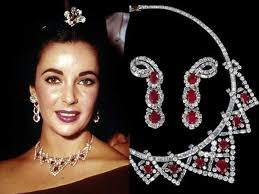
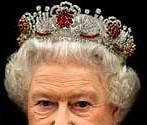
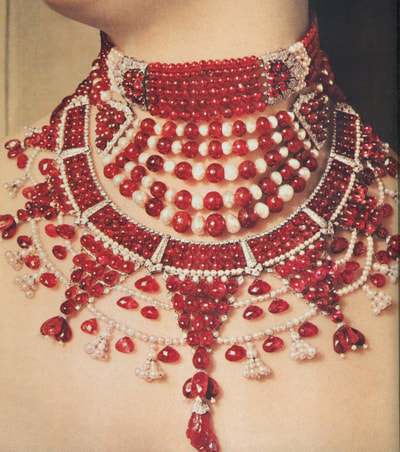
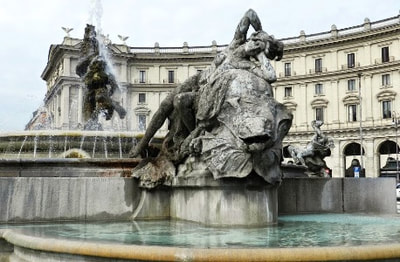
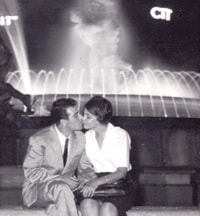
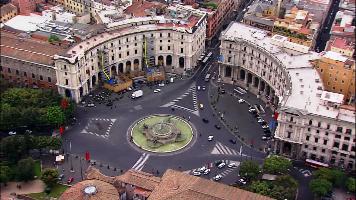

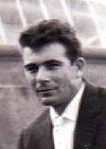
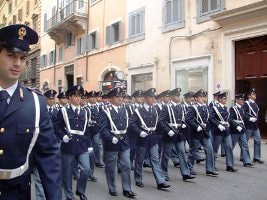
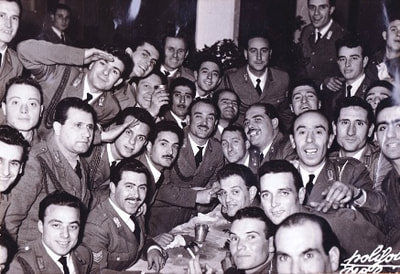


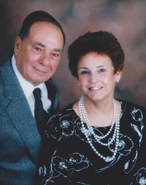


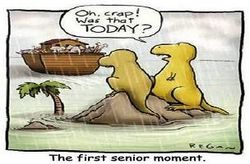
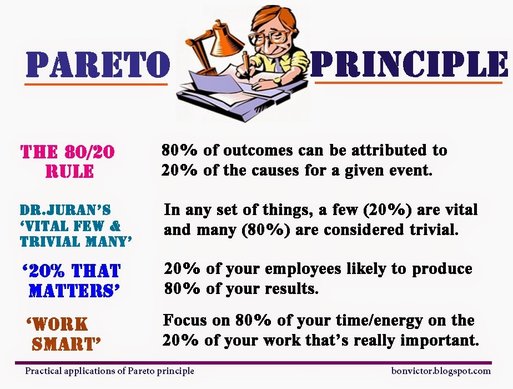

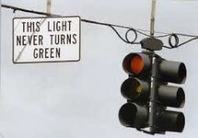

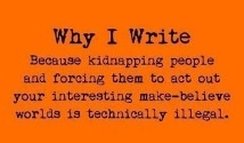
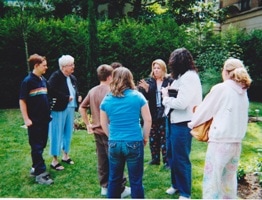
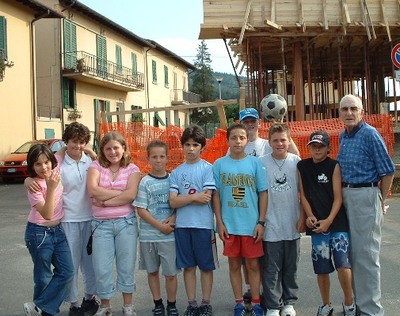
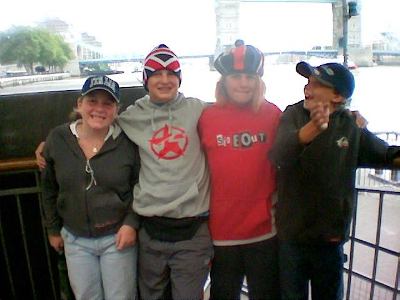


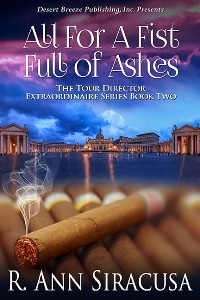
 RSS Feed
RSS Feed